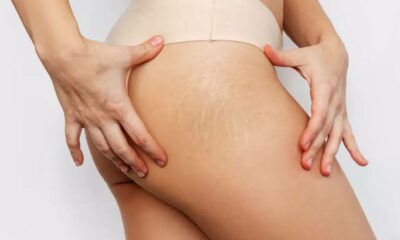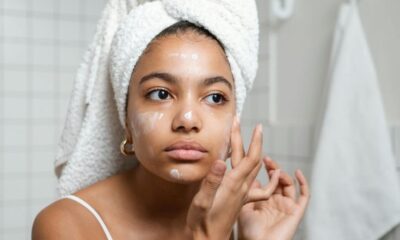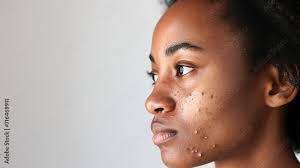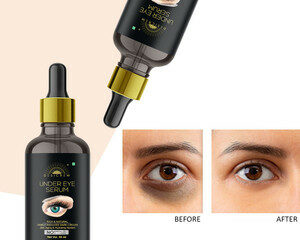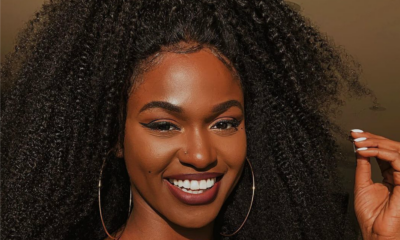Beauty
Best Face Cream For All Skin Types
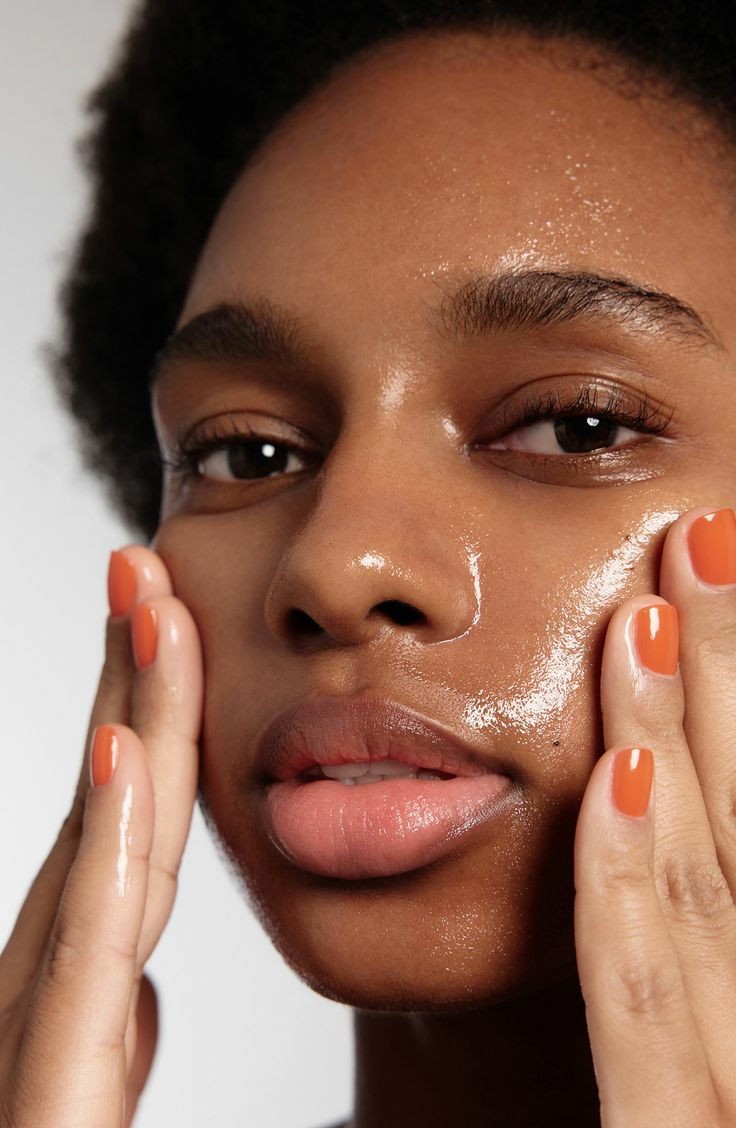
We all know that our skincare routine isn’t complete without considering the face and the perfect face cream that highlights and complements your skin type and leaves it looking glowing and youthful!
Now there are a range of skin types, mainly normal, dry, oily, combination and sensitive skin. This article would briefly describe all types of skin types and the type of face creams you should use to make the most of your skin.
So if you were ever confused about your skin type or the type of face cream to add to your skincare routine to nourish and take care of your face, then let’s journey together.
1. Normal Skin

Normal Skin Type
Normal skin is a balanced type of skin. It is neither too dry or too oily and so it has a healthy texture, is usually smooth and is not prone to breakouts or skin sensitivity.
For Normal Skins, the ideal face cream should be able to maintain the natural balance of the skin, should be easily absorbed into the skin, provide hydration without being too greasy and offer long lasting moisture to the skin.
If you have Normal skin, ensure that your face cream contains ingredients like hyaluronic acid which makes sure the skin is hydrated and glycerin to maintain skin moisture and prevent dryness of the skin.
2. Dry Skin

Dry Skin Type
Dry skin often looks rough, flaky and tight with visible dry patches and it lacks moisture especially in cold weather and if harsh skincare products are used. Dry skin would typically feel irritated or sensitive.
Because Dry Skin lacks moisture, the ideal face cream should be a moisturizer that provides intense hydration, strengthens the skin’s protective cover and restores the protective barrier of the skin.
The ideal skin type should have ceramides to regulate the skin’s natural barrier, hyaluronic acid to provide intense hydration and glycerin to combat dry skin and keep the skin soft and moisturized.
3. Oily Skin

Oily Skin Type
Oily Skin is a type of skin that has an overproduction of oil and makes the face look shiny especially in areas like the nose, chin and forehead. Due to excessive production of oil, this skin type clogged pores and breakouts like acne and blackheads.
For Oily Skin, the ideal skin type should be able to regulate the production of oil and an Oil-Free Mattifying Moisturizer would work best reducing excessive shine and oil production, hydrating clogged pores and maintaining the skin oil balance.
So, when looking for face creams if you have oily skin, make sure the product contains ingredients like Sebulyse Technology, Glycolic acid and Silicone derivatives as these would help to exfoliate clogged pores and control oil production.
4. Combination Skin

Combination Skin Type
Combination Skin tends to gravitate between oily and dry skin such that the T-areas like the forehead, nose and chin are oily while the cheeks look dry. Therefore, this skin type would necessarily be both oily and have dry patches at some parts of the face.
For Combination Skin, an Auto-Replenishing Hydrator would be ideal for it as it would be able to strike a balance between the two skin types, providing hydration for the drier parts of the face and regulating oil production for shinier parts of the face.
When looking out for products for combination skin, make sure to choose products that have Aloe Vera, to calm the skin while providing hydration and moisture, Hydraulic acid to maintain hydration between the two skin zones and Sodium Hyaluronate to lock in the moisture and keep skin hydrated, smooth and glowing.
5. Sensitive Skin

Sensitive Skin Type
Sensitive Skin like the name implies is usually irritated, either by environmental factors or wrong skincare products or even weather changes. It could burn easily, sting, look inflamed or even reddish in some cases.
People with sensible skin should focus on products that are hypoallergenic and fragrance-free to reduce irritation. The ideal product should be effective in providing moisture but still be gentle to avoid irritation.
Skincare products for sensitive skin should include ingredients like Petrolatum to provide moisture for the skin while protecting it from irritation, Dimethicon, to provide a barrier to prevent external irritation and Glycerin to ensure the skin remains moisturized and does not look dry or rough.
Whether you have a normal, dry, oily, combination or sensitive skin, there is a product for you that would complement and provide the key nutrients to keep your skin nourished and glowing.
It should also be noted that what works is bound to change due to factors like environment, stress or lifestyle, so you should constantly pay attention to your skin.
Ultimately, it might not be easy finding the right product immediately, but the right product would keep your skin smooth, hydrated and would ensure it glows and is healthy for a long time.
ALSO READ: FOOD YOU WON’T BELIEVE HELP FOR GLOWING SKIN
Beauty
Must Adapt Beauty Routine for Woman Above 25

Entering your mid to late twenties comes with subtle changes in the skin. While your earlier years were about experimenting with products and trends, life after 25 calls for a more deliberate approach to skincare. The goal now is maintaining healthy, glowing skin, preventing early signs of aging, and addressing emerging concerns.
Gentle Cleansing Is Key
Around this age, skin may start producing slightly less oil, which can make it drier and more sensitive. Using a gentle cleanser in the morning and evening helps remove dirt and makeup without stripping natural moisture. If you wear makeup or sunscreen, consider double cleansing at night: start with an oil-based remover, then follow with a water-based cleanser to ensure thorough cleaning.
Moisturize With Purpose
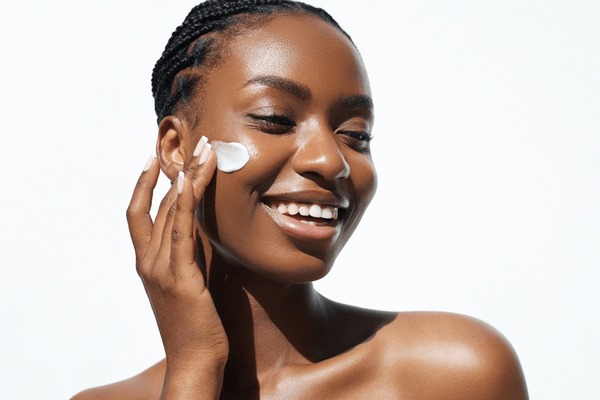
Hydration becomes increasingly important. Select a moisturizer suited to your skin type, ideally with ingredients like hyaluronic acid, glycerin, or ceramides. These help lock in moisture and support skin elasticity. Night creams or sleeping masks can assist skin regeneration while you rest.
Sun Protection Every Day
UV exposure is one of the leading causes of wrinkles, dark spots, and uneven skin tone. Apply a broad-spectrum SPF 30 or higher every day, even when indoors near windows or on cloudy days. Reapply every two to three hours if you are outdoors for extended periods.
Targeted Treatments

Signs of aging such as fine lines, dark spots, or uneven texture can begin to appear. Serums containing antioxidants like vitamin C, peptides, or retinol can help improve skin tone, boost collagen, and repair damage. Start retinol gradually, using it once or twice a week and increasing frequency as your skin adapts to prevent irritation.
Care for Eyes and Lips
The skin around the eyes and lips is thinner and more delicate. A nourishing eye cream can reduce puffiness, dark circles, and early fine lines. Lip balms with SPF or hydrating ingredients keep lips soft and prevent dryness.
Lifestyle Supports Skin Health

Skin care isn’t just topical. A balanced diet rich in fruits, vegetables, and healthy fats supports your skin from the inside. Drink plenty of water, exercise regularly to improve circulation, and ensure adequate sleep for overnight skin repair. Minimizing smoking and excessive alcohol consumption also preserves youthful skin.
Keep It Consistent
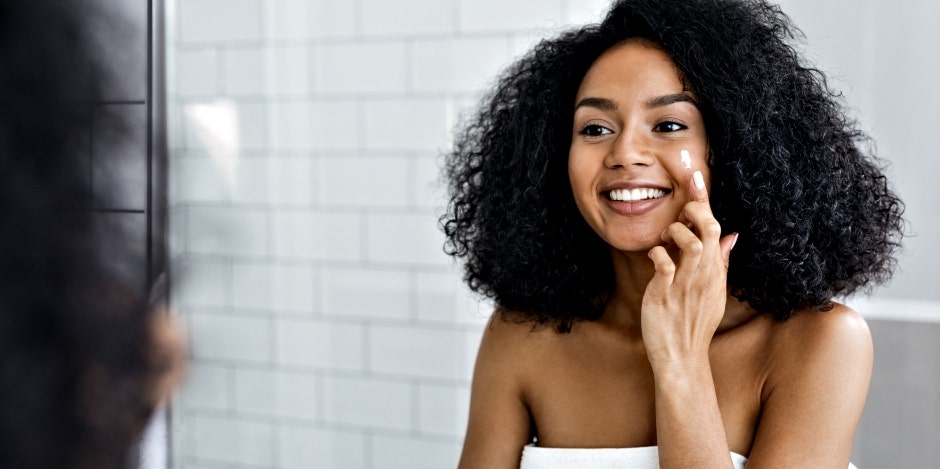
After 25, the most effective routine is one you can maintain daily. Focus on cleansing, treatment, hydration, and sun protection rather than layering multiple products. Consistency is more important than complexity, and over time, a simple routine can produce visible, long-term results.
Final Thought
This stage of life is about understanding your skin’s evolving needs and embracing routines that enhance natural beauty. Thoughtful skincare, combined with a healthy lifestyle, allows women over 25 to maintain radiant, resilient skin while preventing future damage. Beauty now is intentional, not reactive, and the results are lasting.
Beauty
How To Perfect Lip Contouring For The Best Combo
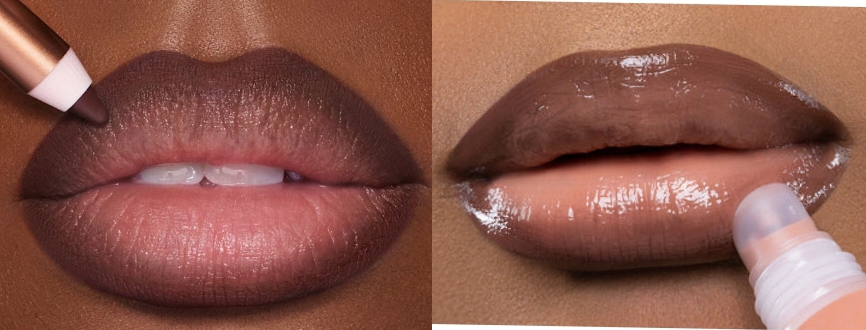
Make-up has advanced quickly in recent years, and one rising trend is lip contouring. It is a key technique for creating a defined, fuller-looking pout.
Perfecting lip contouring can be challenging, especially when matching the contour to the appropriate lip colour.
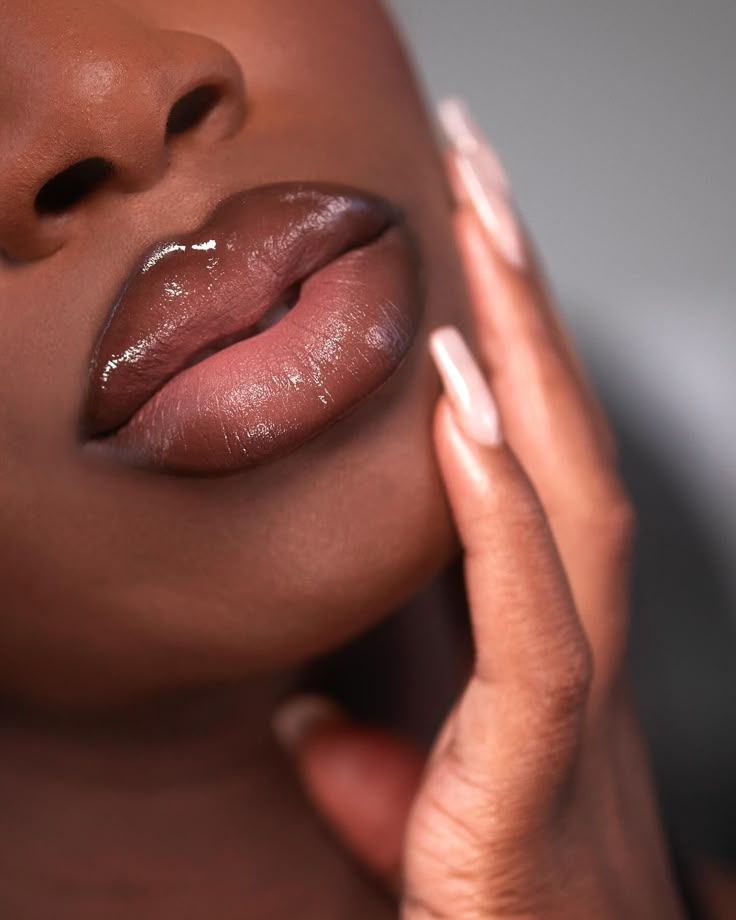
A finely contoured lip
A simple lip shade can look striking when properly shaped. It is just a matter of getting that fuller, plumper lip look – and that is not as impossible as you may think. You can have your lip contour sorted in no time with some helpful tricks and the correct products.
Essential Items For Lip Contouring:
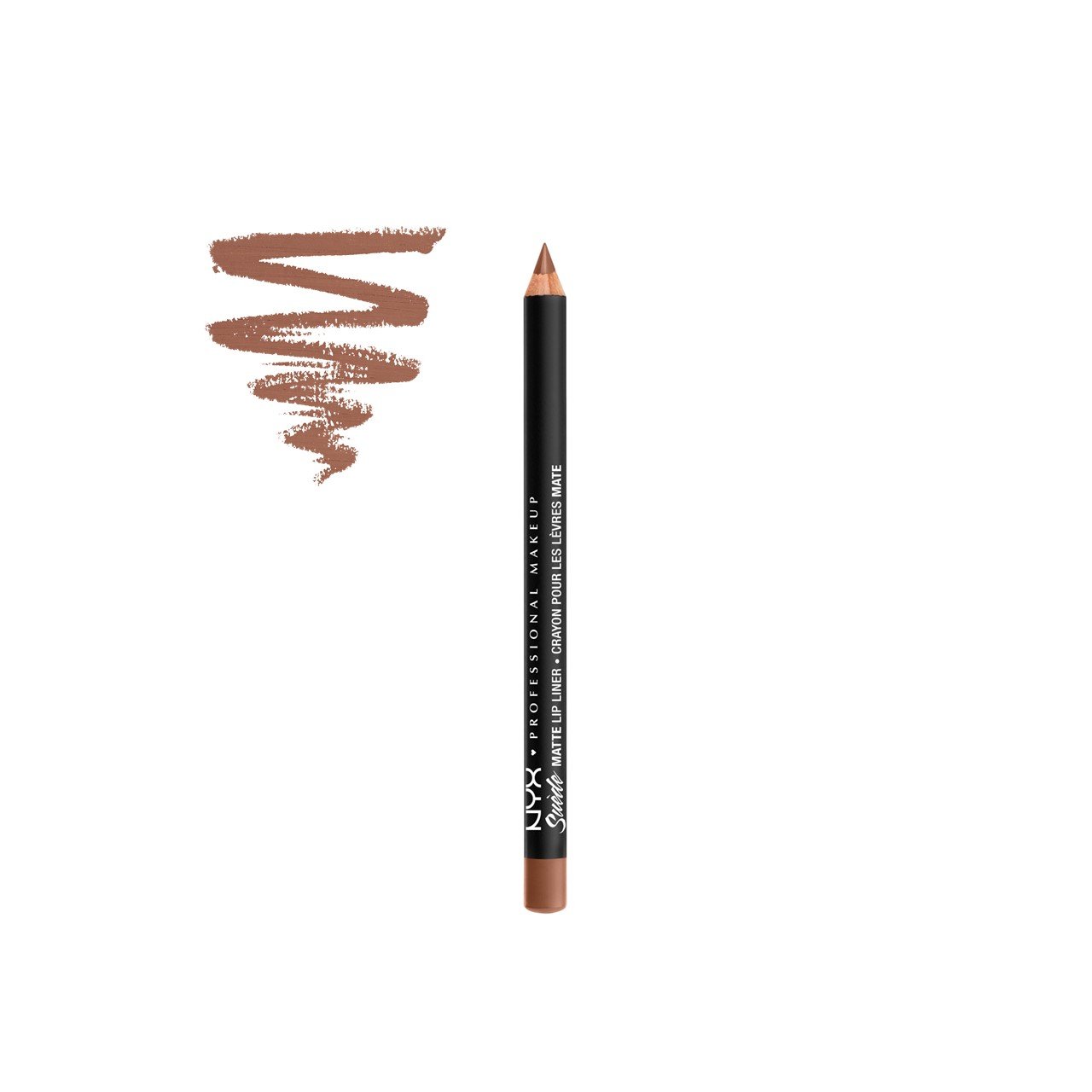
Lip liner
Lip Liner: A good lip liner defines the shape, choose a shade slightly darker than your natural lip colour.
Lip Gloss: Choose one that flatters your skin tone and complements your style.
Concealer: To have a smooth contour, one can use a concealer slightly lighter than your foundation.
Highlighter: A little bit of highlighter add dimension and depth to your contoured lips.
How to Prep Your Lips:
Exfoliate: Gently rub your lips with a lid scrub to remove dead skin and soften the surface.
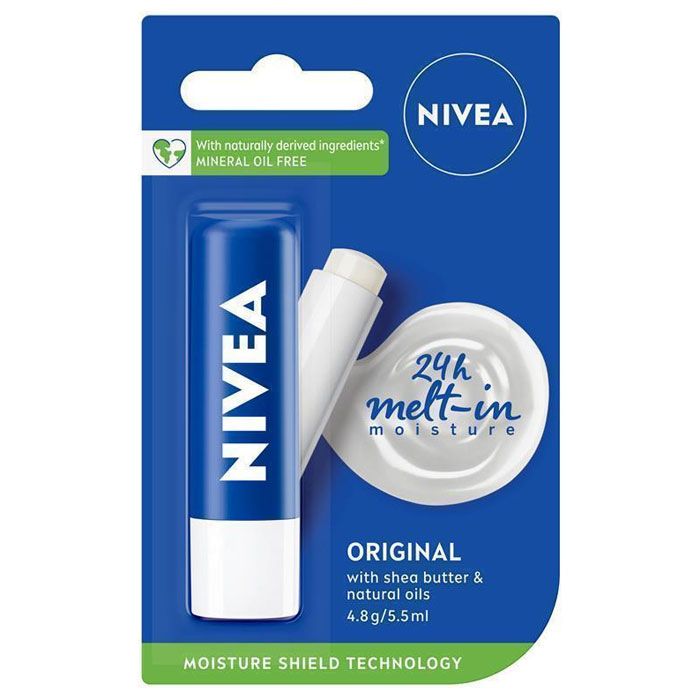
Nivea lip moisturizing balm
Moisturize: Apply a nourishing lip balm to keep lips hydrated and prevent dryness.
Prime: create a long-lasting base by applying a small amount of primer or concealer around the lip area so liner and lipstick stay better.
Know Your Lip Shape:
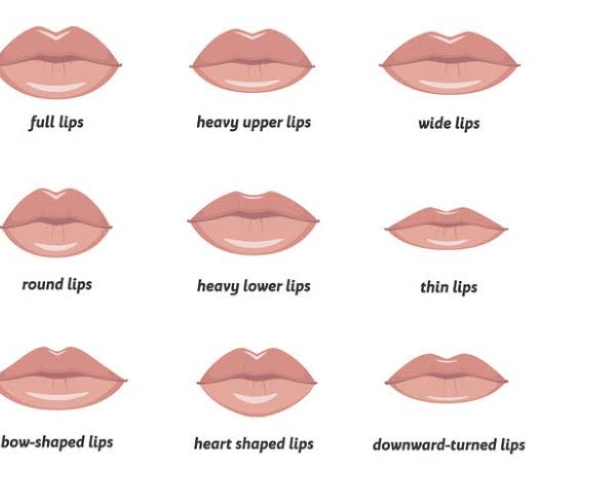
Different types of lip shape
Understanding the contouring process starts with recognizing your lip shape. Examine your lips and identify the following features:
Cupid’s bow: The crest of the upper lip.
Lip Line: The natural outline of the lips important for defining shape with liner.
Lip Shape: examples include oval, round, heart-shaped or full.
Knowing your lip shape helps you create proportions that flatter your features
How to Contour Your Lips in five Steps:
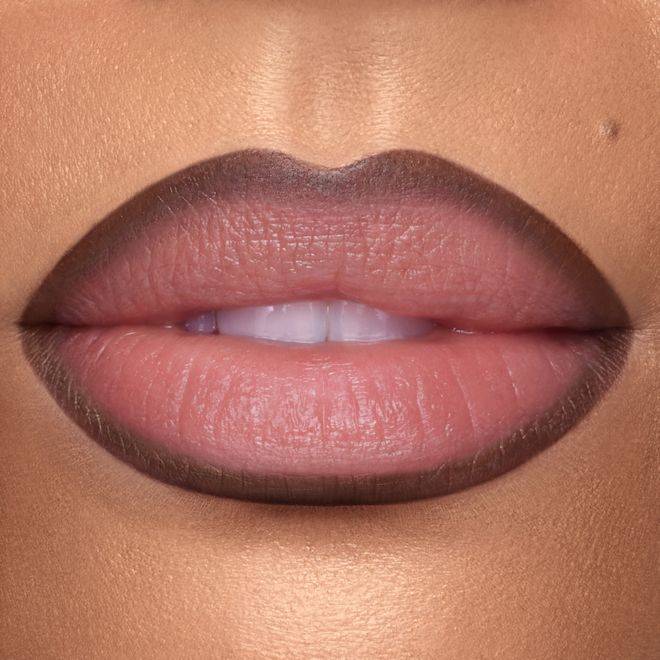
Lined lip combo
Follow these five simple steps to contour your lips.
Step 1: Line Your Lips
Use a lip liner which is a shade darker than your natural lip color.
Lightly trace along your natural Cupid’s bow and lip line.
You can apply the liner to fill in your lips; no need to worry about being too precise, other steps will take care of it.
Step 2: Apply Concealer
Apply a concealer that is a shade lighter than your foundation and dot it over the outer edges of your lips.
Blend it well! It must blend well with your skin complexion.
It will produce a delicate divide between your lips and the rest of your skin.
Step 3: Add depth with shadow
Using a lip liner, or a darker shade of lip color, gently create a shadow effect at the outer ends of your lips.
Start at the Cupid’s bow and blend downward to form a smooth gradient. This adds depth and dimension to the lips.
Step 4: Highlight and Define
Using a small amount of liquid or cream highlighter and dab the centre of the lower and upper lips.
Blend gently outward so the highlight looks natural this defines the lips and adds subtle radiance.
Step 5: Finish with a Gloss
Finally apply your favorite lip gloss to finish the look.
Choose a shade that complements your skin tone and overall style.
Lip contouring is a transformative technique for enhancing your facial features. If you prefer a minimalist look, lip contouring is perfect for avoiding full-blown makeup while still enhancing your features. It’s an easy-to-wear technique that can subtly transform your look.
Beauty
Nonye Udeogu Is In Her Pixie Era

Is anyone else loving Nonye Udeogu’s new look? It gives her this youthful feel. The look is curly, short-not your regular kind of low-cut. Defined curls add softness and frame her features beautifully. Think perfectly tousled coils that frame her face—no effort yet creates a major impact.
What’s so special about this look is how it instantly enhances her natural beauty. Her cheekbones appear more defined, her jawline becomes more sculpted.
From taking photos to solo dates, this pixie cut is automatically her go-to.

If you scroll through her recent pictures, it’s clear this hairstyle is already her signature. Whether she’s dressed casually for a solo date or glammed up for an event, the pixie cut adapts to any style. It works for a bold makeup look as well as it does for natural glam. This kind of versatility is one of the reasons many women love the pixie cut.

It’s high-fashion that requires low-maintenance. This pixie cut lets her go through the day without worrying about tangles or weight, yet still looking like she just left the saloon.

The style doesn’t need dramatic accessories or heavy makeup to feel complete. An ear stud, a touch of gloss, and that’s all she needs. The pixie curls can stand on its own, plus it’s makes one look sophisticated and elegant as simple as it seems.
Final Thoughts
Nonye has found her signature hairstyle, and we can all agree how good she looks in it. It’s classy, effortless and attractive. So we can’t blame her if she rocks it all the time.
-

 Celebrity News5 months ago
Celebrity News5 months agoSophia Egbueje, Often imitated never duplicated!
-

 Psycho5 months ago
Psycho5 months agoThe Psychology of Spending: Why You Keep Buying Things You Don’t Really Need
-
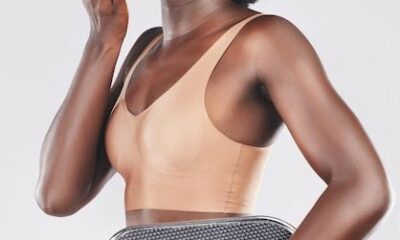
 Food4 months ago
Food4 months agoSneaky Signs your Body Needs More Protein
-
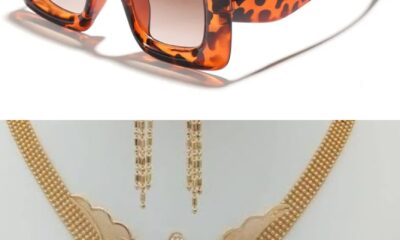
 Beauty4 months ago
Beauty4 months agoIs There Anything Like Too Many Accessories?
-

 Sex & Relashionships5 months ago
Sex & Relashionships5 months agoSigns To Know It’s Time to Move On From Your Relationship
-

 Movies4 months ago
Movies4 months agoHijack ’93: The Forgotten Nigerian Hijack Now a Netflix Hit
-

 Sex & Relashionships4 months ago
Sex & Relashionships4 months agoSubtle Signs Your Partner Keeps Thinking About You
-

 Movies4 months ago
Movies4 months agoTrailer Review: Highest to Lowest
-

 Celebrity News3 months ago
Celebrity News3 months agoToke Makinwa Shares Graceful Pregnancy Reveal
-
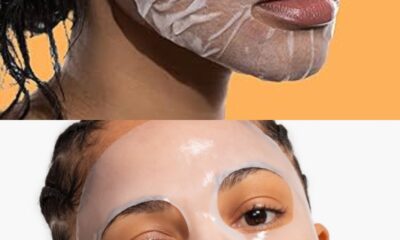
 Skin Care4 months ago
Skin Care4 months agoUnmasking The Truth: Do Face Masks Really Work?



